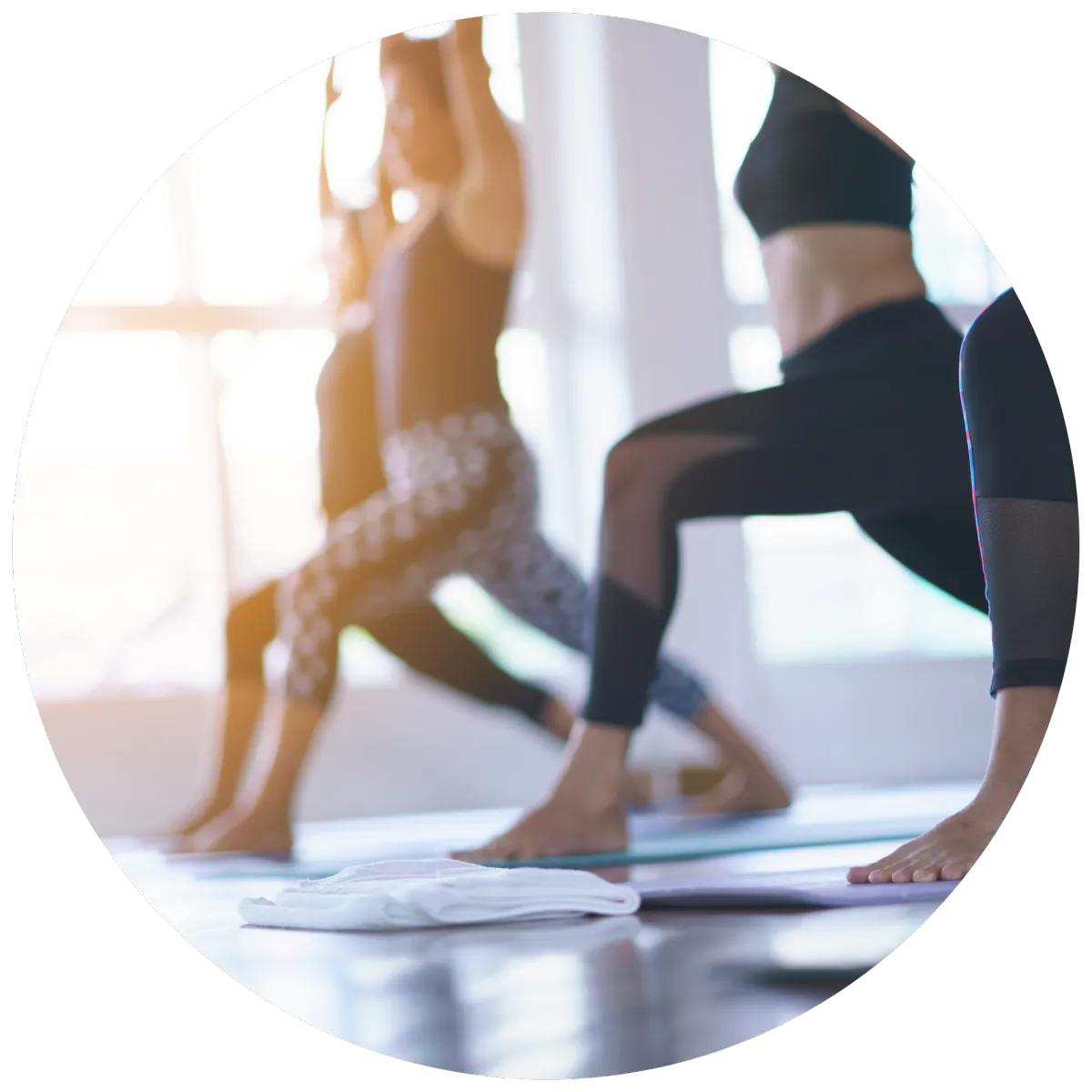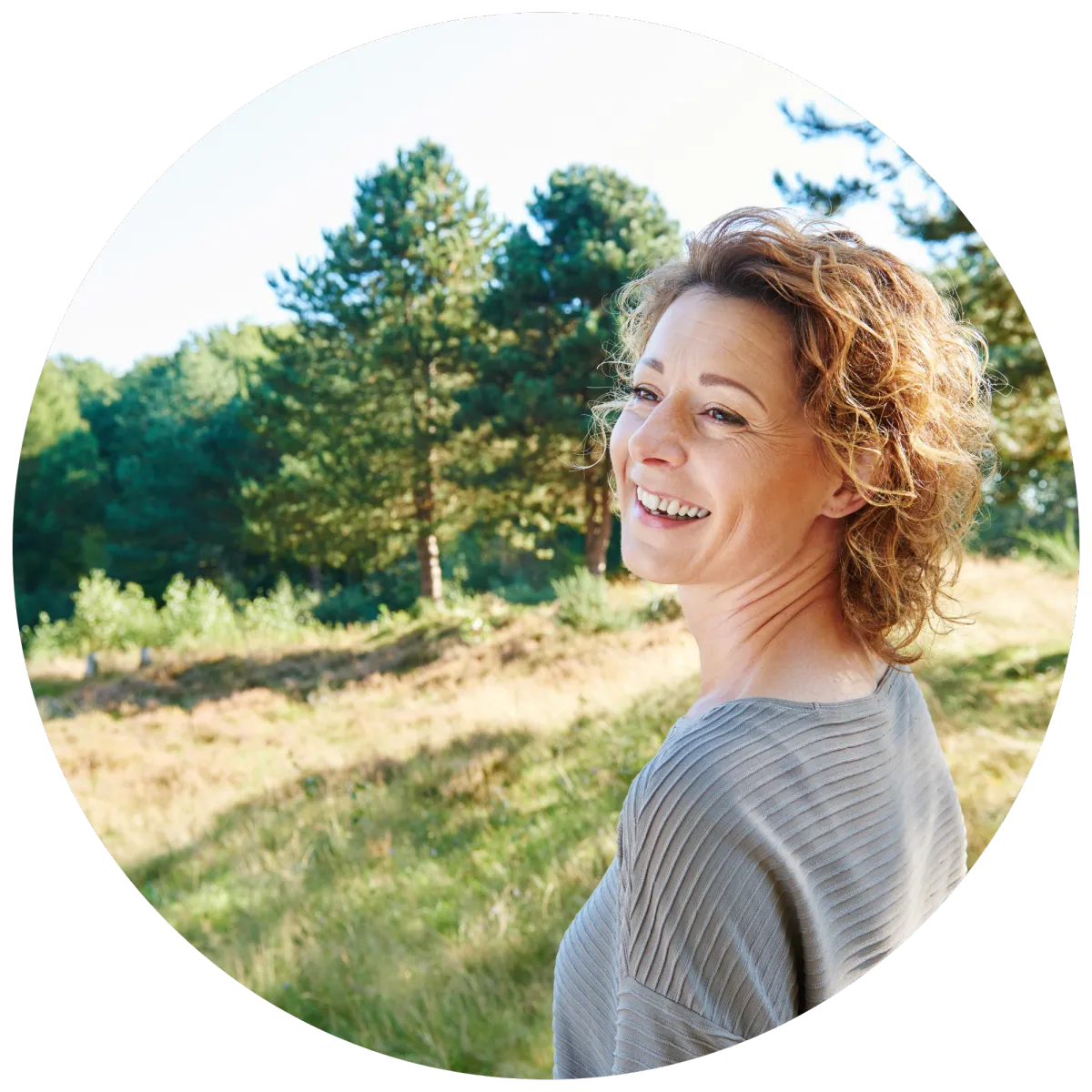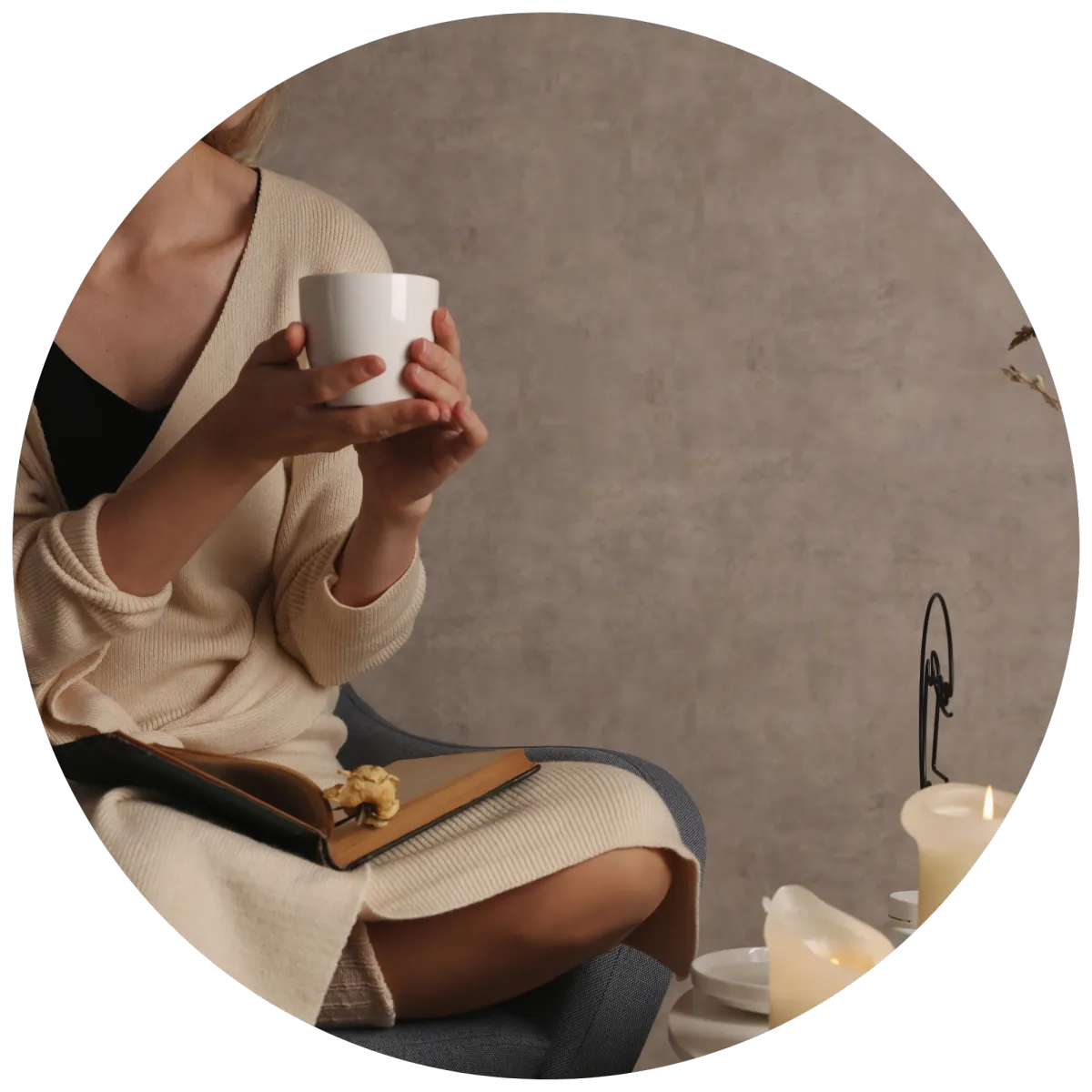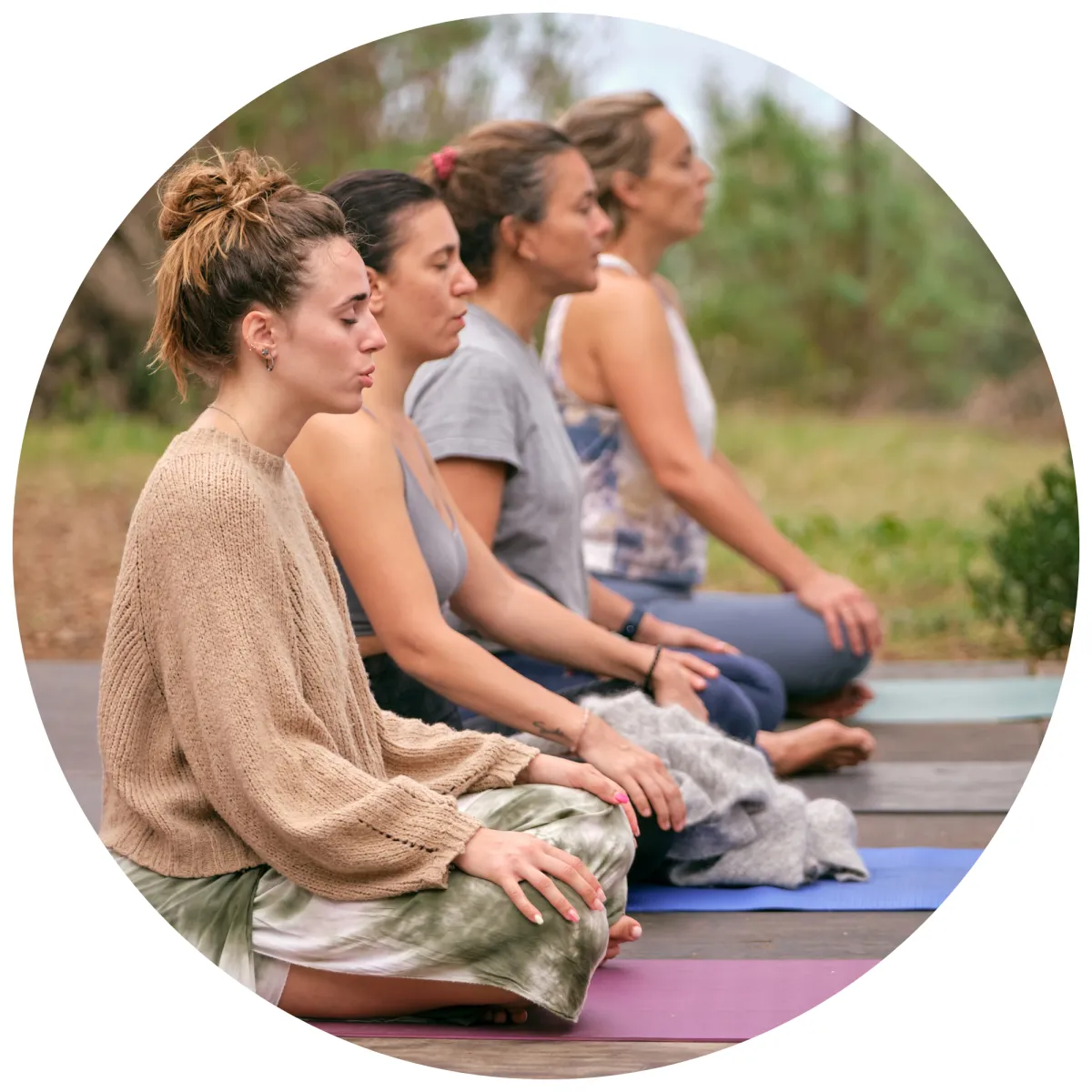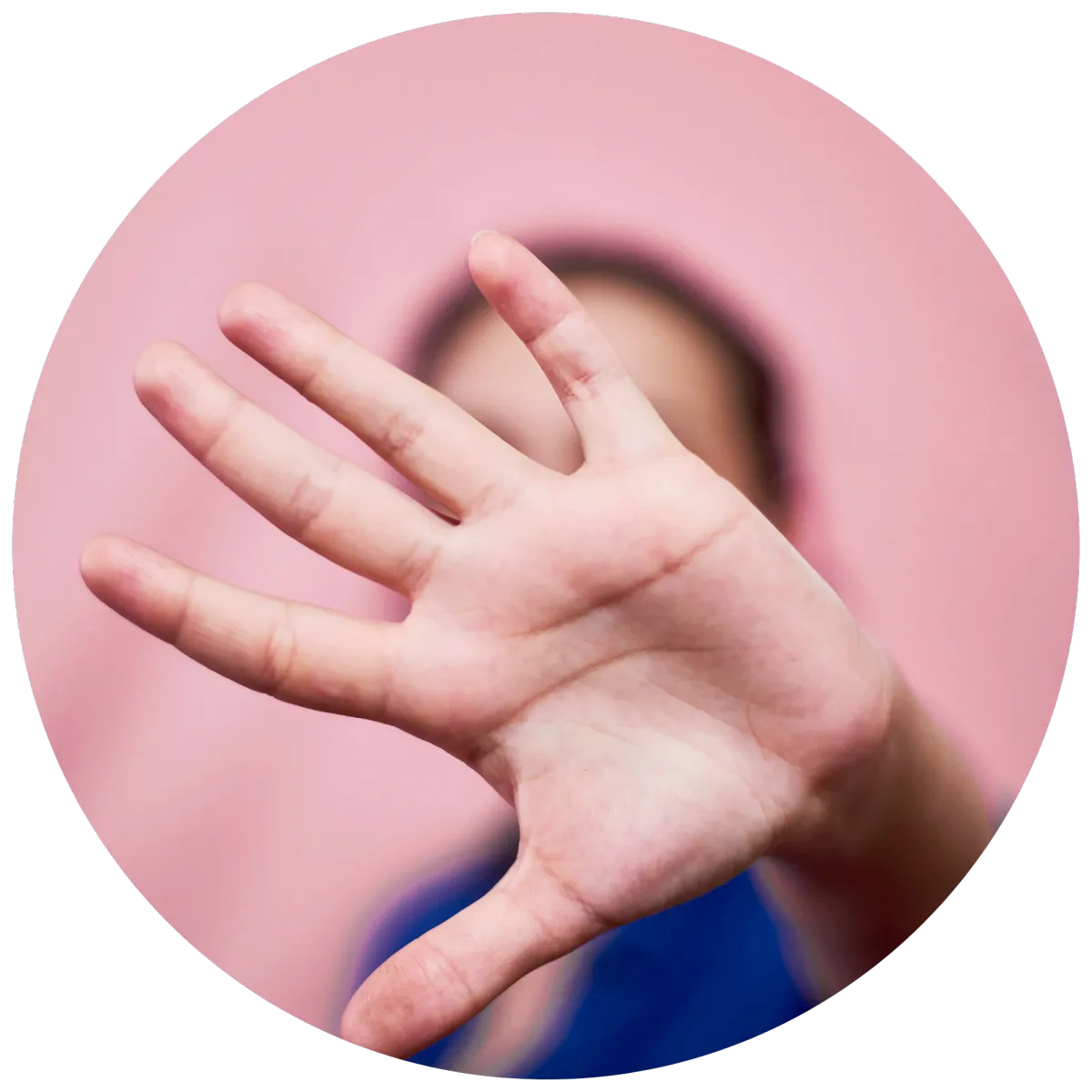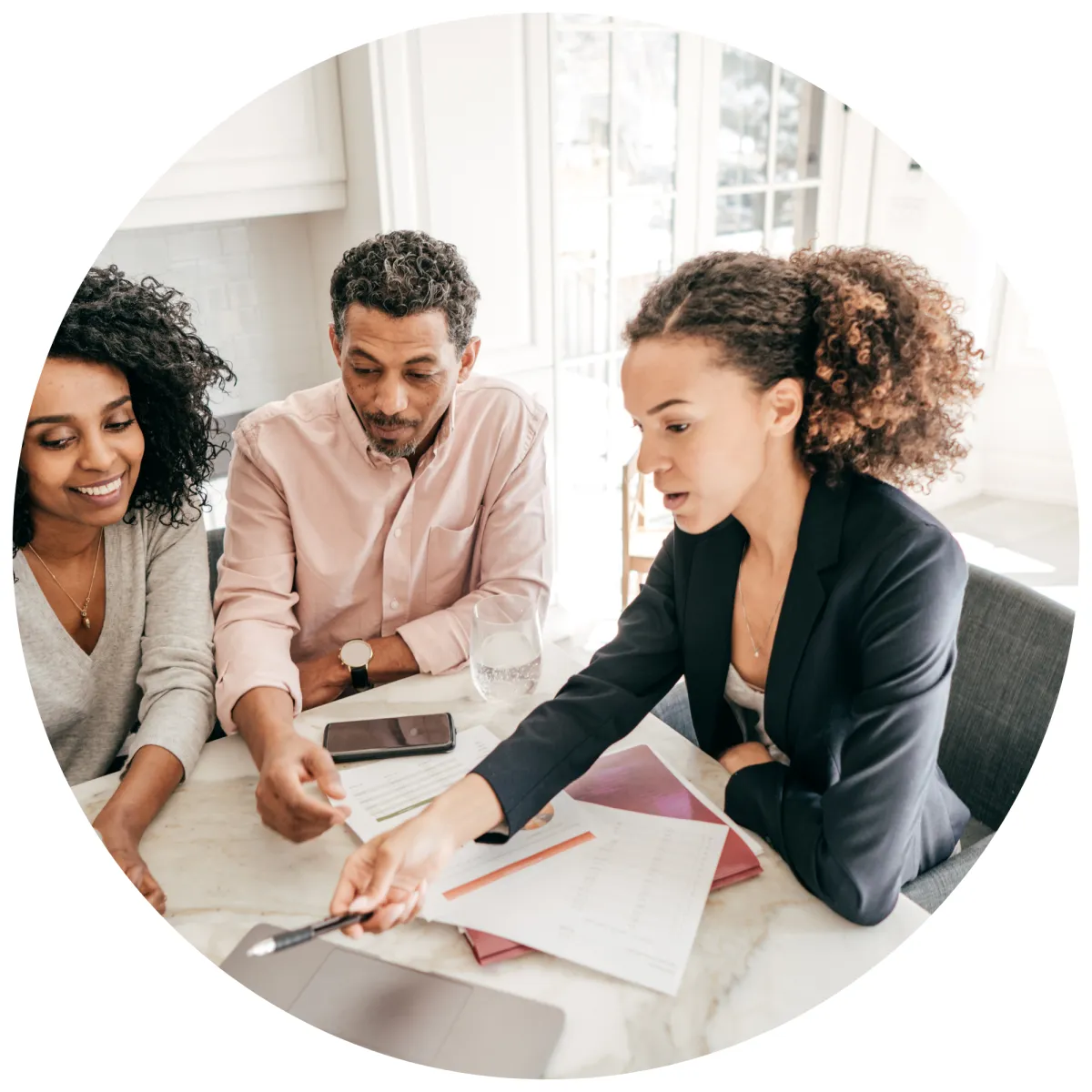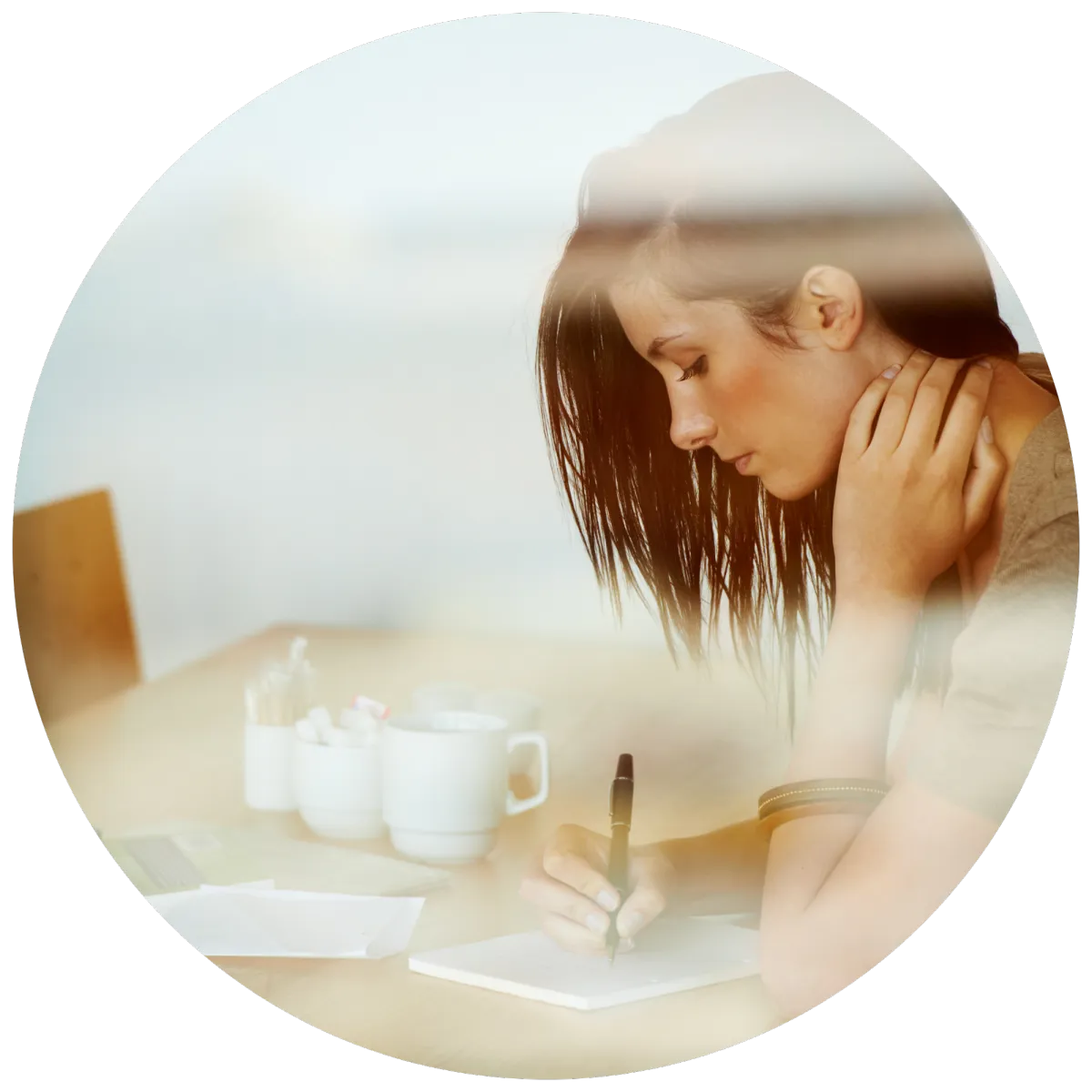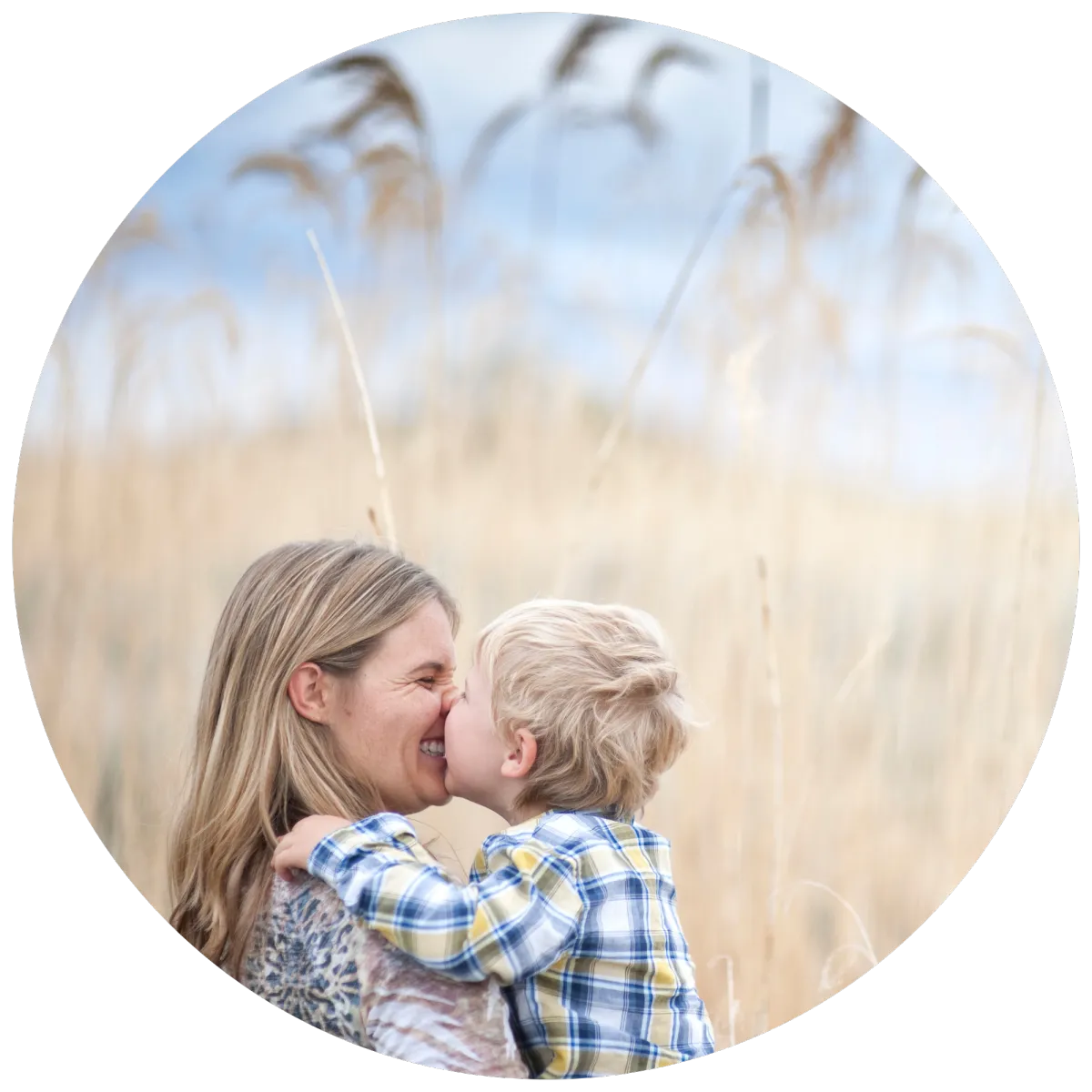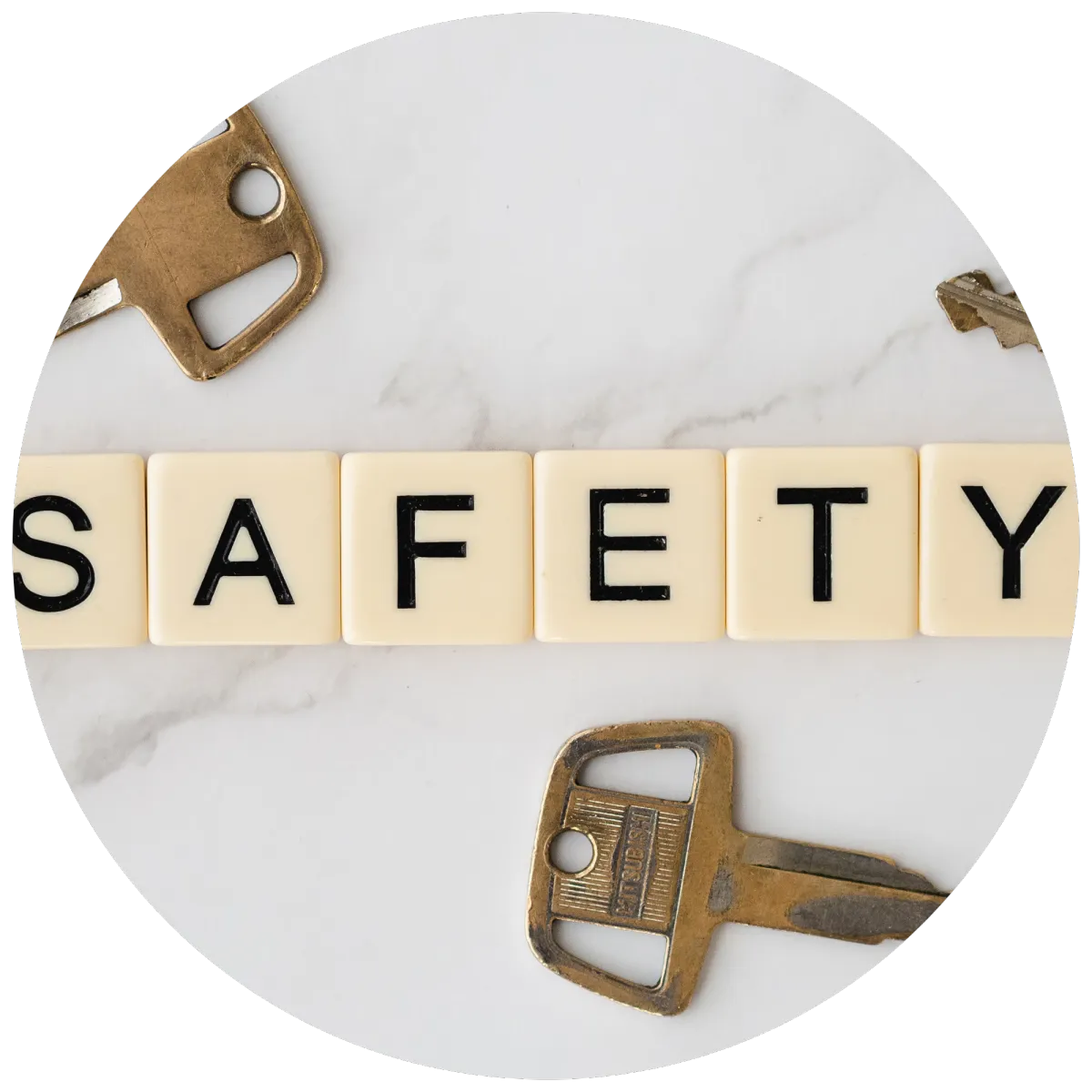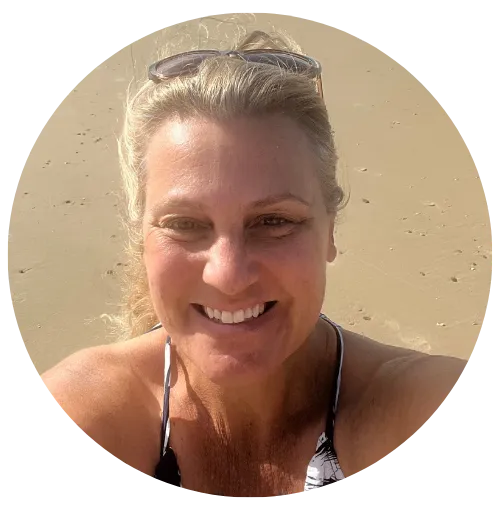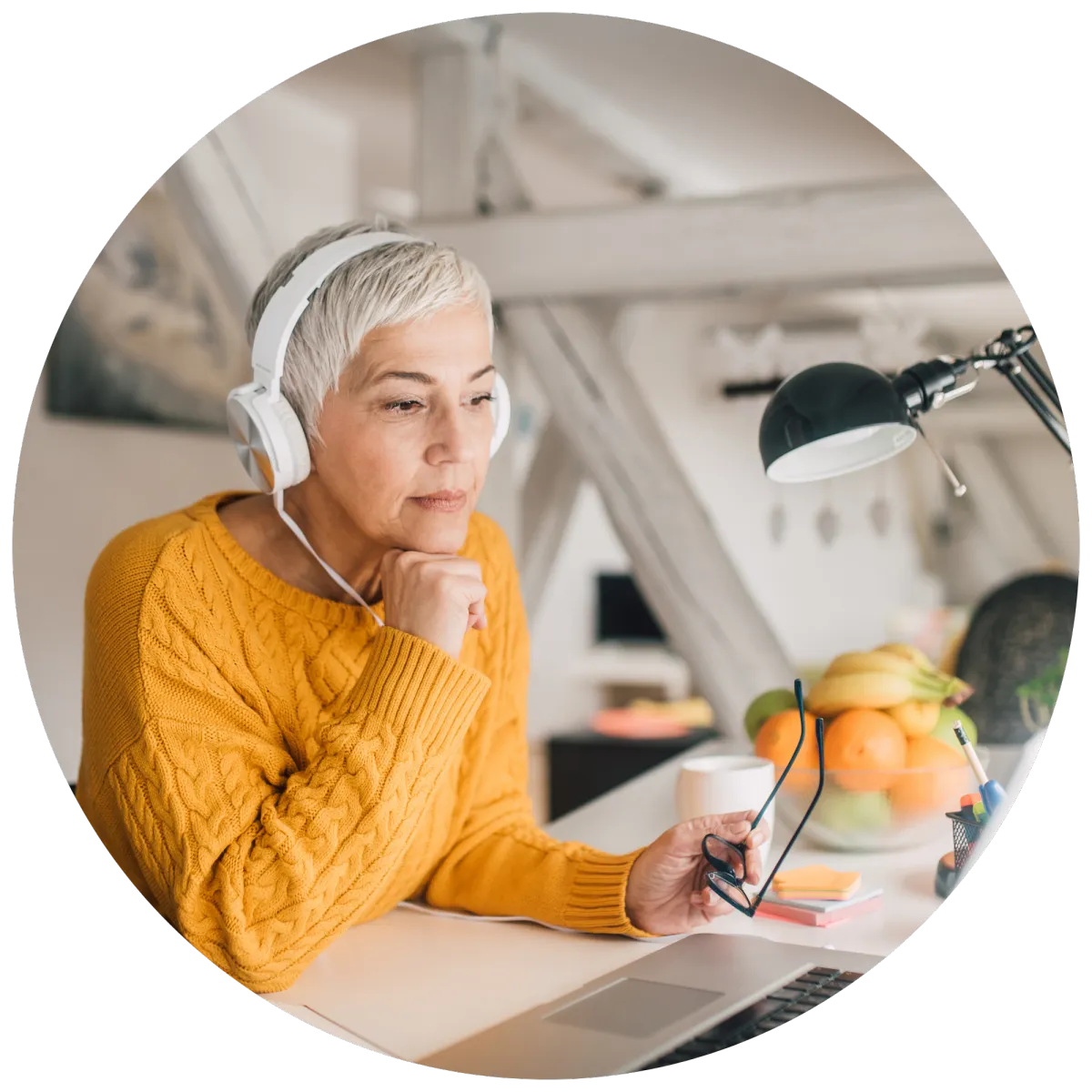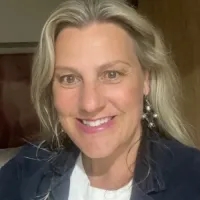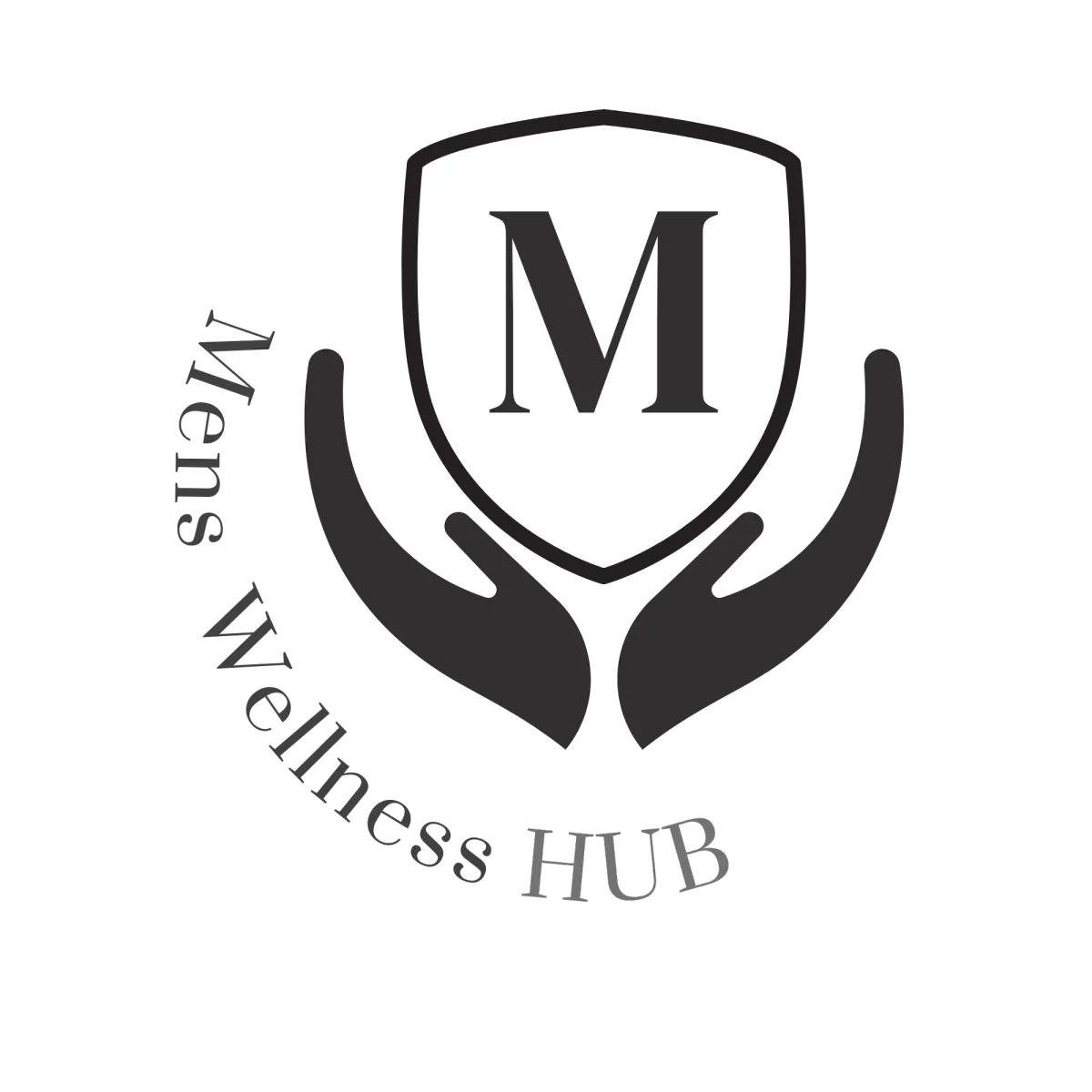Breast Checks: Breast Cancer Support and After Care
Welcome to the
Women’s Wellness Hub

Topics on this Page:
Why check my own breasts?
How often should I do a breast check myself?
Is it ok just to get Dr to do a breast check?
Where go to do them in Australia?
What if I am rural?
What to expect when go to get check?
This web page is designed to be informative and educational. It is not intended to provide specific medical advice or replace advice from your health practitioner.
All about Breast Checks
Why check my own breasts?
Early detection of breast cancer saves lives. Knowing the look and feel of your own
breasts through regular self-checks helps you to detect any changes. Not all
changes will be cancerous but be vigilant and see your GP for advice if you are
concerned.
:max_bytes(150000):strip_icc()/GettyImages-503117005-579a41623df78c32762d03a1.jpg)
How often should I do a breast check myself?
Monthly is good but sometimes it can be as simple as seeing something on the tele
that reminds you or hearing a conversation and you realise you haven’t checked
your breasts for a while. Maybe a friend has just been diagnosed. Use reminders on
your phone if you would like.

Is it ok just to get Dr to do a breast check?
The best way to early detection is really to know the look and feel of your own
breasts. Your Dr may never offer a breast check so really it is up to the individual to
know what is normal for them.

Where go to do them in Australia?
You can ask a GP for a breast examination

What if I am rural?
Your GP, the visiting women's health nurse.

What to expect when go to get check?
You will be asked to remove your clothing from the waist up, including your bra. In a
sitting position you will raise your arms above your head and then possibly be asked
to place your hands on your hips. The GP will be looking for anything that looks
unusual in the shape, size, colour of the breast or nipple.
The GP may then ask you to place your hand on their shoulder and they might feel
under your arm on both sides. This is when they are feeling for your lymph nodes.
You may then be asked to lie down and they may place some gentle pressure on the
breast and feel the tissue.
Some clinicians will feel this in a clockwise pattern and others will sweep the breast.
This may also be done when you are sitting up. Each person that examines a breast
has their own way of examining but this should be done in a private area where the
patient feels comfortable.
You will be asked questions about your breasts at this time as the Drs or nurses are
not familiar with the look and feel of your breasts and may ask if certain features are
"normal" for you. For example, some women have nipple retraction and have had it
all their lives. If this is normal for them a clinician would not be concerned about this,
however if this is a change to one nipple over the past month this would warrant
further investigation.

What if I find a lump?
Lorem ipsum dolor sit amet, consectetur adipisicing elit. Autem dolore, alias, numquam enim ab voluptate id quam harum ducimus cupiditate similique quisquam et deserunt, recusandae.

Should I keep notes or photos of changes?
Lorem ipsum dolor sit amet, consectetur adipisicing elit. Autem dolore, alias, numquam enim ab voluptate id quam harum ducimus cupiditate similique quisquam et deserunt, recusandae.

When Should I askfor a mammogram?
Lorem ipsum dolor sit amet, consectetur adipisicing elit. Autem dolore, alias, numquam enim ab voluptate id quam harum ducimus cupiditate similique quisquam et deserunt, recusandae.

When do I need to have a mammogram?
Lorem ipsum dolor sit amet, consectetur adipisicing elit. Autem dolore, alias, numquam enim ab voluptate id quam harum ducimus cupiditate similique quisquam et deserunt, recusandae.

Will is the procedure going into have a mammogram?
-appointment with nurse
- led into the room for check
- machine involved
- imagery
- how quickly get an answer
- what if asked back?
- what is a biopsy and why?
- what will happen after biopsy
- what happens if they detect cancer
-how do I get a gene checkto see if I have the breastcancer gene? etc

Women's Wellness Hub Directory
Thank you to our wonderful sponsors and ambassadors
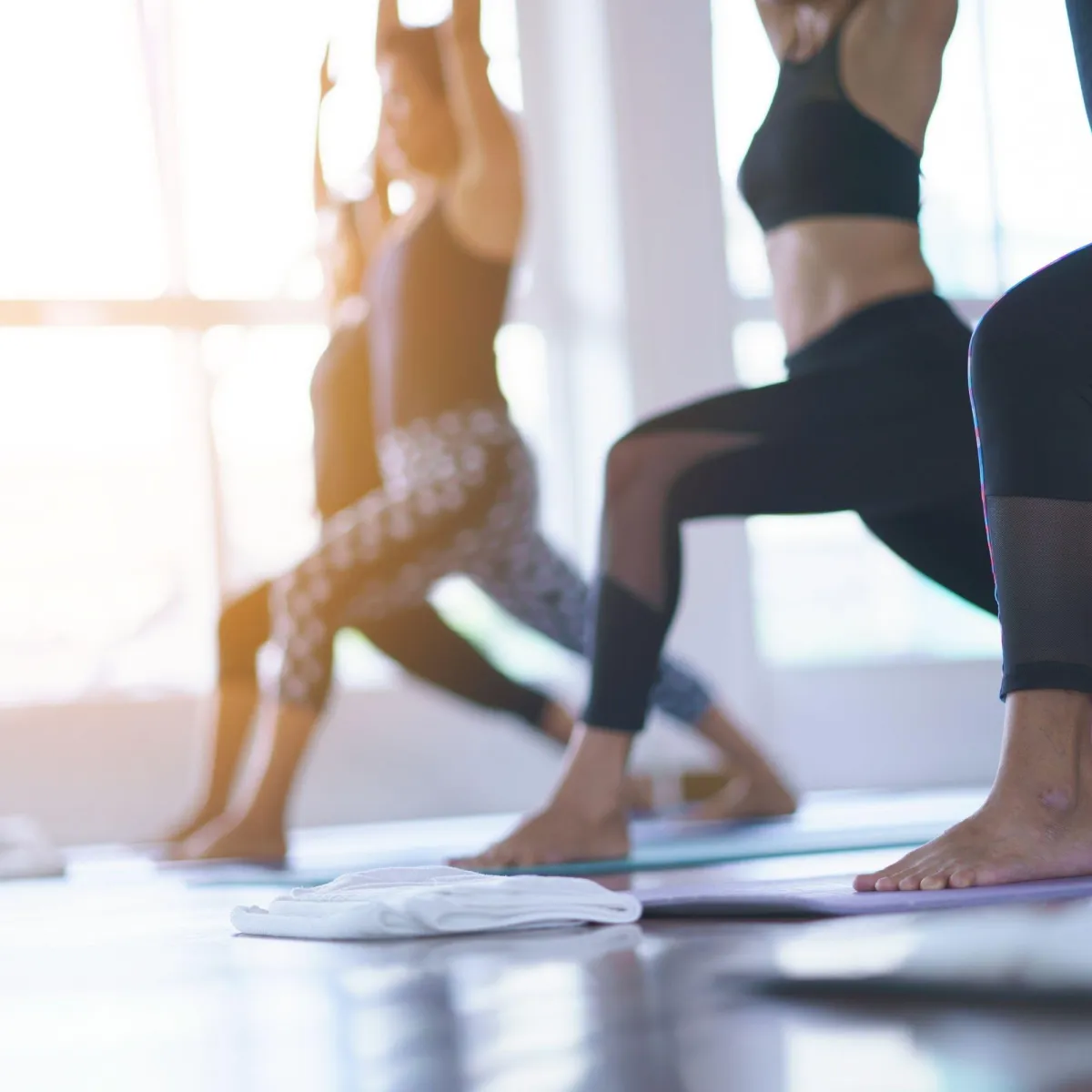
Walking is my new health hero
Walking is now my all-round health hero
Ok, so anyone who knows me, knows I like to do things quickly and walking has always seemed too slow to be a good form of cardio or weight loss exercise. However, after a recent back injury I was compelled to give it a try. One month later, I realise I have seriously under-rated walking – I’ve met some nice neighbours (who I will quietly admit I have actually never seen before), my back and hip pain has significantly improved (I no longer yelp as I stride out), I’ve enjoyed listening to some great podcasts on the way, got some vitamin D in the process and my day has begun to feel ‘mentally lighter’ – and IT'S ALL FOR FREE!!!!!
In this week’s blog we look at all the reasons it is such a health hero not only for your physical health and life longevity but also to help reduce the stress and anxiety levels and pump you full of all the good stuff (happy hormones), putting that bounce back in your step for the day.
Improves your physical health
One of the biggest benefits of walking is that it improves your overall cardiovascular health, ie your heart, blood vessels, and blood! Walking thirty minutes per day is enough to increase your heart rate, improve circulation and lower your blood pressure – all of which is good for your cardiovascular health.
It also helps maintain a healthy weighty reducing excess body fat and boosting metabolism, lowers blood pressure, blood sugar and insulin levels, and reduces a lot of other health complaints
Improves your fitness, reduces joint pains
Ok so you can't dawdle, but as long as you get the heart rate up you can avoid the expensive gym fees and fill your lungs with fresh air rather than aircon. Consistent and regular walking regimes engage various muscle groups in the hips and the core which makes your endurance for everyday tasks better. As well as improving muscles, walking will also give you better posture, balance, and coordination.
It is a really effective way to also reduce body pain. When you walk regularly for exercise, this helps to lubricate and strengthen the muscles around stiff and painful joints. Walking also reduces excess body fat which can also be causing pressure and strain on the body’s joints and muscles. For a menopausal woman who suffers from intermittent hip and knee pain, the walking is a gift.
Improves your mental health
One of the biggest benefits of walking is the positive effect it can have on your mental health. Not only does going for a brisk walk release your endorphins, the increased blood flow and oxygen in your body can also stimulate brain function and creativity.
If you decide to take your walk outside, you’ll also be ensuring that you’re getting your daily dose of Vitamin D which in turn lowers the risk of depression, anxiety, and other mood disorders.
So get out there girl and give walking a go. I once mocked walkers, and now I feel a deep sense of shame. How shallow I now seem.
She is my new health hero x
This site is brought to you by Family Counselling Support Network
Book in directly with one of our professionals today

We are here to help

We are committed to protecting your personal information and respecting your privacy. This website uses cookies to analyze website traffic and optimise your website experience. By accepting our use of cookies, your data will be aggregated with all other user data.
DISCLAIMER: The material contained on this website is for general educational and information purposes only and is not a substitute for professional legal, financial, medical or psychological advice or care. While every care has been taken in the information provided, no legal responsibility or liability is accepted, warranted or implied by the authors or Family Counselling Support Network and any liability is hereby expressly disclaimed. For specific advice please contact us at [email protected]. All information contained on the website remains the intellectual property of Family Counselling Support Network and is for your personal educational use only. The information must not be reproduced or distributed without the express permission of Family Counselling Support Network.
Family Counselling Support Network acknowledges and respects the First Nations Custodians of the land where our offices stand, and where we work to help Australians. We pay respects to their Elders, past present and emerging, lore, customs and creation spirits. We recognise that these lands have always been places of ceremony, teaching, research and learning, and we acknowledge the important role Aboriginal and Torres Strait Islander peoples play in our community.
We are committed to providing an inclusive and accessible environment where people and communities of all identities and backgrounds are accepted, safe and celebrated.
Privacy Policy | Terms and Conditions

